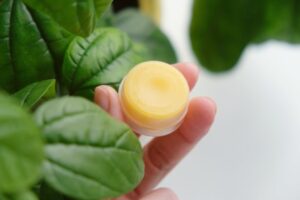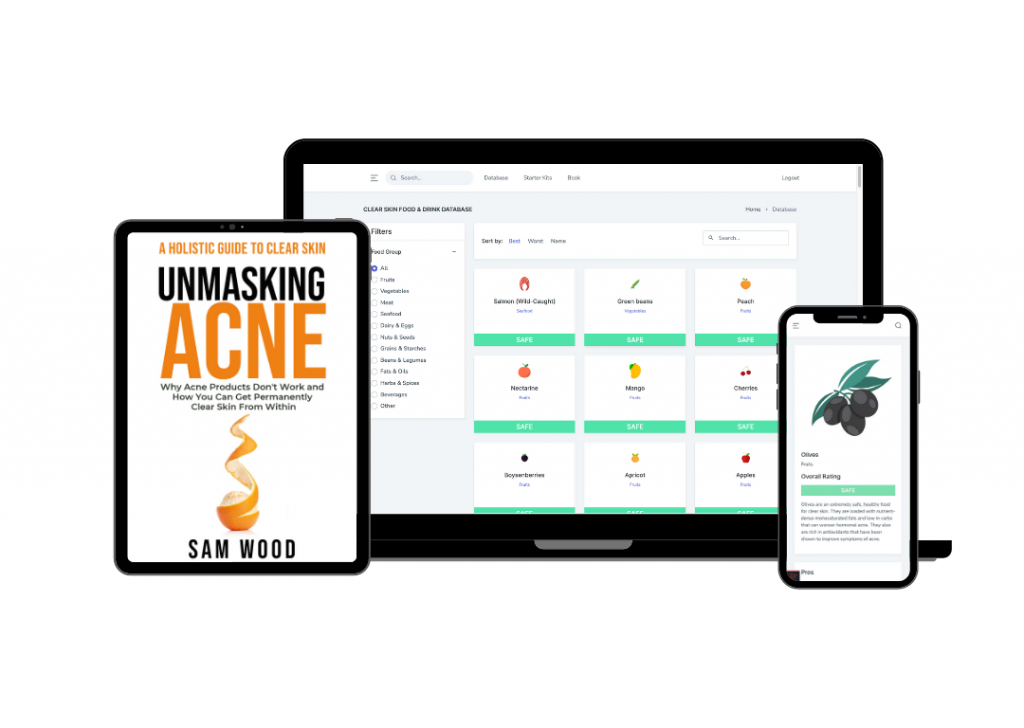Have you been struggling with acne? Beeswax may be the answer! Acne is caused by a combination of genetics, hormones, and the environment. In addition, the presence of excess oil production can contribute to acne breakouts as well.
A common way to treat acne is by using benzoyl peroxide or salicylic acid. While these treatments are effective on some people, they aren’t for everyone – which is where beeswax comes in!
Beeswax is an all-natural remedy that can help treat acne without the use of harsh chemicals. It’s also an excellent option for those who have sensitive skin. In this article, we’re going to discuss how you can use beeswax for acne.
Beeswax Is a Natural Antibacterial & Anti-Inflammatory Agent
The beeswax in this treatment will help prevent acne by fighting off any bacteria that may be present. It is also anti-inflammatory, so it helps to reduce the redness caused by blemishes. Consider using beeswax if you are looking for an all-natural way to treat your acne without harsh chemicals.
Not only does it have antibacterial properties, but it can also help fight inflammation and remove dead skin cells that clog pores.
Using honey or cinnamon powder, in addition, increases its effectiveness against breakouts while moisturizing the area being treated at the same time! We recommend checking out our article on how to make your honey and cinnamon acne mask.
How To Use Beeswax For Acne:
To use beeswax for acne, put a small amount into your palm and apply it to the affected area.
It’s essential not to cleanse skin before applying beeswax, as it can strip away acne-fighting oils from pores. However, you should notice clearer skin within two weeks of daily application.
After applying the beeswax, you need to remove it before washing your face thoroughly. Then, you can use a warm washcloth or towel dipped in lukewarm water to gently wipe away the wax after waiting for about ten minutes.
This makes for better pore health over time, so you’re less likely to break out again after using it just once or twice per day for short periods at first.
Beeswax For Waxing Bumps
Beeswax is also an ideal natural antiseptic for acne bumps that come from waxing. Beeswax is great for preventing bacterial infections and will also soothe bumps after waxing. If you are going to use beeswax as an ointment for waxing bumps I recommend rising the area you waxed with code water to help close up your pores and prevent bacteria, dirt, or oil from clogging your skin. If you simply cover the bumps with beeswax after waxing you are risking trapping debris against your open pores.
Reapplying Beeswax
You can reapply this treatment once per day as you wish, but be sure to use it sparingly since using too much will not improve its efficacy. You can also pair this treatment with other acne remedies to achieve better results.
Just make sure whatever brand of beeswax you use does not contain any harsh ingredients. The point of beeswax is to give your skin a calm treatment. When done correctly, it works well.
This is because beeswax has anti-inflammatory properties that help reduce redness associated with pimples or other blemishes on your face. It also acts as an antioxidant by preventing free radical damage caused by pollution in our environment—and even food we eat!
Our Favorite Beeswax Anti-Acne Product
Burt’s Bees Acne Treatment is for more than just clearing up your skin — it helps you reduce breakouts over 48 hours. This cream is made with close to 95% natural ingredients and free from artificial chemicals, so it’s light and easy to apply without any greasy residue.
Plus, it includes borage extract and tea tree oil—both of which will help promote healthy skin!
You can take peace of mind knowing this product is dermatologist-tested but also keeps sensitive complexions in mind by including aloe vera to moisturize and minimize irritation.
Burt’s Bees Natural Acne Solutions Targeted Spot Treatment Cream helps calm and reduce blemishes in 48 hours. It is made with natural extracts like tea tree, calendula, yarrow, and parsley.
Takeaway
Beeswax is a natural treatment for acne that can be used to reduce the appearance of breakouts. It’s also an excellent option for those who have sensitive skin and want to avoid harsh chemicals when treating their problem areas.
If you are looking for a way to spot treat your acne beeswax and hydrocolloid patches are a great way to mitigate active breakouts. Although pimple patches are not “completely natural” they are ideal for calming the skin before you go to bed.
If you’re struggling with acne, it may be worth giving beeswax a try! Beeswax does not only work as an anti-acne ingredient, but it also works well with other ingredients helping them become more effective.
For example, when mixed with powdered milk and honey, it becomes a fantastic facial mask that reduces pimple growth. In addition, it will moisturize your face while removing blackheads and whiteheads from the surface of your face. It is certainly worth the try!
Frequently Asked Questions
No, they are both equally effective. Beeswax and vaseline work by clogging the pores and preventing new oil from being produced while killing some bacteria that lead to breakouts. However, beeswax does not moisturize as well as Vaseline.
Beeswax has anti-inflammatory properties and is unlikely to clog pores as a result. In addition, it is antimicrobial, so it helps prevent acne. However, before using beeswax as an acne treatment, a patch test, preferably around the jawline, is advised.
Beeswax can help reduce the appearance of scars, but it takes a while to have an effect. We recommend using beeswax for at least two months before seeing any results. This will give your skin time to adjust and heal itself better after each treatment.
You can apply honey or aloe vera to your skin when using beeswax to keep your skin feeling hydrated after a beeswax application.

